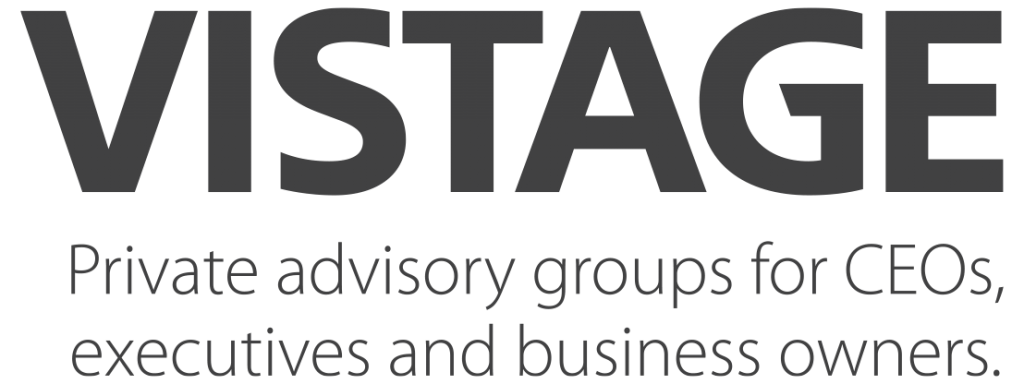
In recent years, the dynamics of the employer-employee relationship have undergone a significant transformation. What was once an imbalance in favor of employers, now appears to be tilting dramatically in the favor of employees. While the shift is not inherently negative, it has raised a host of challenges and concerns for businesses that need to be addressed. In this blog, I will delve into the problem, anticipate the consequences, and propose a balanced solution to ensure a win-win for both employers and employees.
The Problem: A Pendulum Swung Too Far
- Employee-Centric Focus: It’s evident that many employees are increasingly viewing their relationship with their companies primarily through the lens of personal gain. The hard-to-maintain win-win dynamic seems to have tipped toward employees seeking maximum benefits and concessions.
- Excessive Demands: Escalating demands for higher salaries and better benefits have led to wage inflation, which places a significant financial burden on companies, particularly when customers are becoming more price-sensitive.
- Overreach and Strikes: Recent events, such as the auto workers’ strike, have highlighted cases of overreach in employee demands, causing disruptions and financial strain for businesses.
- Career-Life Conflicts: Personal issues spilling into the workplace have become more common, affecting productivity and adding an additional layer of complexity for managers. Sadly, mental health has become an ever-increasing problem.
- Hybrid Work Expectations: The transition to hybrid and flexible work, initially necessitated by the COVID-19 pandemic, has now become an expectation, impacting the traditional work structure.
- Quicker Advancement Expectations: Employees are increasingly expecting rapid promotions and career advancement, sometimes outpacing their experience and contributions.
- Accelerated Job Changes: Supply and demand imbalances have empowered employees to switch jobs at an accelerated rate, often without substantial consequences for career growth. Job hopping perceived negatively is a thing of past.
- Continued Government Subsidies Are Unsustainable: The government cannot continue to fund employee retention programs and prop up businesses that cannot survive in the new economic environment. Your economic business model has to work.
- Legal Issues Have Become Too Much of a Burden: businesses are often put in the position of fighting frivolous employee lawsuits, with attorneys incentivized to shake down employers because of the high costs of litigation. This also clogs up the system’s ability to deal with real legal issues.
What Will Happen: Consequences Looming
- Business Response: Companies will eventually reach a breaking point in overpaying average employees and will seek alternatives.
- Customer Behavior: As businesses struggle to accommodate rising labor costs, customers will feel the pinch, potentially changing their buying behaviors.
- AI, Automation and Offshoring: Businesses will invest in alternative options such as artificial intelligence, robotics, offshoring, and subcontracting to reduce labor costs.
- Geographical Shifts: Companies may relocate to areas with a lower cost of labor, potentially affecting local economies.
- Increased Immigrant Labor: Business leaders may lobby for more immigrant labor to offset high labor costs (this is obviously a hot button issue politically)
- Reduced Employee Loyalty: Diminished employee loyalty may lead to reduced investment in employee retention programs.
- Vulnerability to Foreign Competition: U.S. companies could become more vulnerable especially to non-European foreign competition.
- Economic Ripple Effects: Sectors like banking, housing and the auto markets may experience bubbles due to reduced demand, impacting the broader economy.
- Industry Consolidation: In vulnerable industries, businesses may consolidate to find economies of scale and reduce competition.
The Solution: Rebalancing the Equation
To address these challenges, a more balanced approach is essential:
- Win-Win Relationship: Foster a win-win relationship where both employers and employees benefit. Everyone should be focused on and committed to the same outcomes.
- Shared Business Risk: Share the risk around actual business performance, ensuring that when times are good, everyone prospers, and during downturns, sacrifices are shared.
- Long-Term Incentives: Implement long-term incentives to encourage increased retention, especially of high performers.
- Embrace Automation: Embrace non-human-based solutions to reduce direct labor costs while ensuring responsible management of this transition.
- Employee Upskilling: Invest in reskilling and expanding employees’ capabilities, requiring colleges to adapt their approach to employee readiness.
- Healthcare Reform: Government intervention is needed to find sustainable solutions to rising healthcare costs.
- Identify and Reward “A” Players: Differentiate and reward high-performing employees differently, acknowledging their unique contributions.
- Planned Turnover: Accept planned turnover as the norm, especially for “C” players, to maintain a dynamic and adaptable workforce.
- Tort Reform: Advocate for tort reform to prevent frivolous employee lawsuits and reduce legal burdens on businesses.
In conclusion, the evolving landscape of work demands a balanced approach where both employers and employees share in the benefits and responsibilities. By addressing these challenges proactively and collaboratively, businesses can navigate the changing tide and continue to thrive in the years to come. Employees will also have a much more secure future. If both parties keep going in separate directions, things will only get worse.

